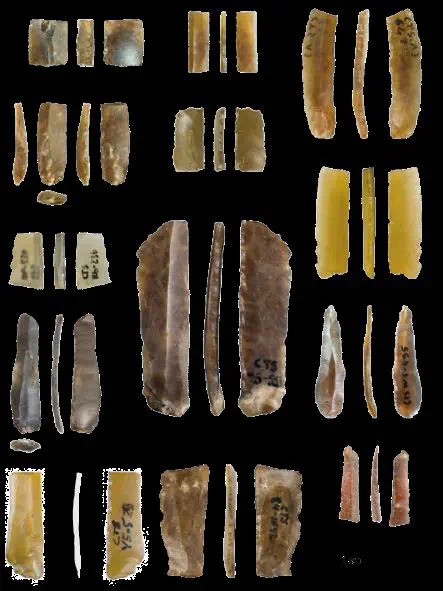What’s the point? Retouched bladelet variability in the Protoaurignacian. Results from Fumane, Isturitz, and Les Cottés

Abstract
The Protoaurignacian is considered a cultural proxy for one of the first expansions of anatomically modern humans across Europe. The stabilization of bladelet industries that characterizes this techno-complex is therefore often used as supporting evidence for the break from previous stone knapping traditions and also for the increase of human mobility through wider territories. Despite the cultural importance that bladelets have gained, a careful inter-regional comparison, stressing similarities and differences, has not yet been attempted. Moreover, the use of traditional typologies has blurred the morpho-metrical variability that characterizes lamellar tools. Here, a study has been carried out on retouched bladelets from three pivotal sites: Fumane (northeast Italy), Isturitz (southwest France), and Les Cottés (northern France). By using morphological, dimensional, and retouching attributes, and by evaluating the statistical significance of the main differences, the first detailed analysis of the variability of retouched bladelets within the Protoaurignacian has been documented. The results indicate that the features that best discriminate the bladelet assemblages are the presence and the relative variability of bladelets with convergent retouch, although a reassessment of existing studies and new methodological approaches are required to test the latter hypothesis. Throughout this paper, we demonstrate the merits of using a unified classification of retouched bladelets for comparing behavior in between groups distant in space. We hope that this paper will be a new incentive to develop unified taxonomies for the study of Early Upper Paleolithic lithics in Western Eurasia.